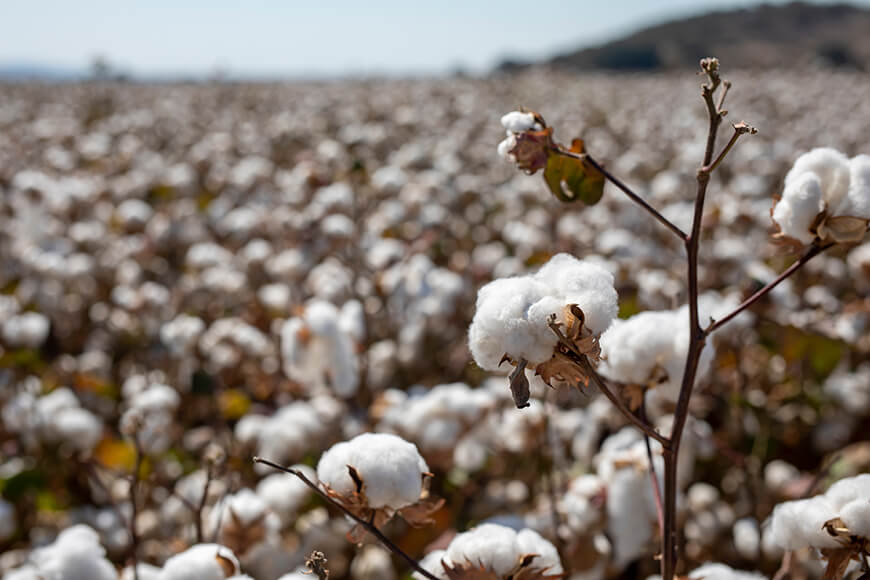
Are you one of the many growers who appreciates yield data and the statistics that come with them? Ever wonder how to interpret it all? In OVT data, normally at the bottom of the page under the “entry list” and “yields” you will find the following headings and some numbers to go along with them: Mean, LSD, Coefficient of Variation (CV), and sometimes Standard Deviation. So what is the meaning of each of these measurements? Let’s look at each individually.
Mean: The average of all measurements divided by the number of measurements taken. Think of this as the number of bushels per acre you yield after harvesting a field. While watching the yield monitor you observed some areas of the field with lower yields and other areas that had higher yields, but the mean gives you the average number of bushels across the entire field. The larger the field, the more individual measurements should be taken so a few low spots or high spots won’t dramatically impact the mean. On a smaller field with far fewer measurements, those low or high yield areas can have a dramatic impact on the mean. In an OVT trial, these individual measurements are the entries that are individual plots within each replication.
LSD – Least Significant Difference: This is used to compare means when you have an equal number of reps and will identify if particular varieties are statistically different. If the yields are not separated at least by the LSD, then you would want to look for differences based on some other factor (relative maturity, disease susceptibility, insect susceptibility, lodging potential, etc.) depending on the crop when choosing what to plant.
Standard Deviation: Provides you with an indication of the variability among measurements or how close or far away from the mean the results are. A field with a low standard deviation would be relatively uniform in soil type, moisture levels, weed pressure and fertility, so you don’t see a big difference between the highest and lowest yielding areas. On the other hand, a field with a high standard deviation, you see big differences between the highest and lowest yielding areas along with lots of variations in the individual yield measurements. It’s not uncommon to see this in fields with a variety of soil types (sand to loam to clay all within the same field), areas prone to ponding, or areas with big variations in weed pressure. With data, the smaller the standard deviation the more consistency you have across trials for a particular measurement.
CV – Coefficient of Variation: This is a unitless measurement in the percentage of variation in the mean. If you know nothing about the data set other than the mean, you can take the standard deviation and divide it by the mean to get the CV. A large CV indicates lots of variability, less stability or less uniformity in the data of the trial. A small CV indicates less variability or more uniformity in the data. No set of trials will have a CV of 0. However, the goal is to have a CV of less than 10-15, indicating good consistency across the field trials. Laboratory trials should have a much lower CV than field trials, as the researcher should have more control over influences on the trial (light, water, temperature, fertility, etc.) When I first look at a yield data set, this is the first thing I examine. This tells me a lot about the location and quality of that trial.
Special thanks to Armor Seed Assistant Director of Products and Technology Chris Ouzts for contributing this week.











